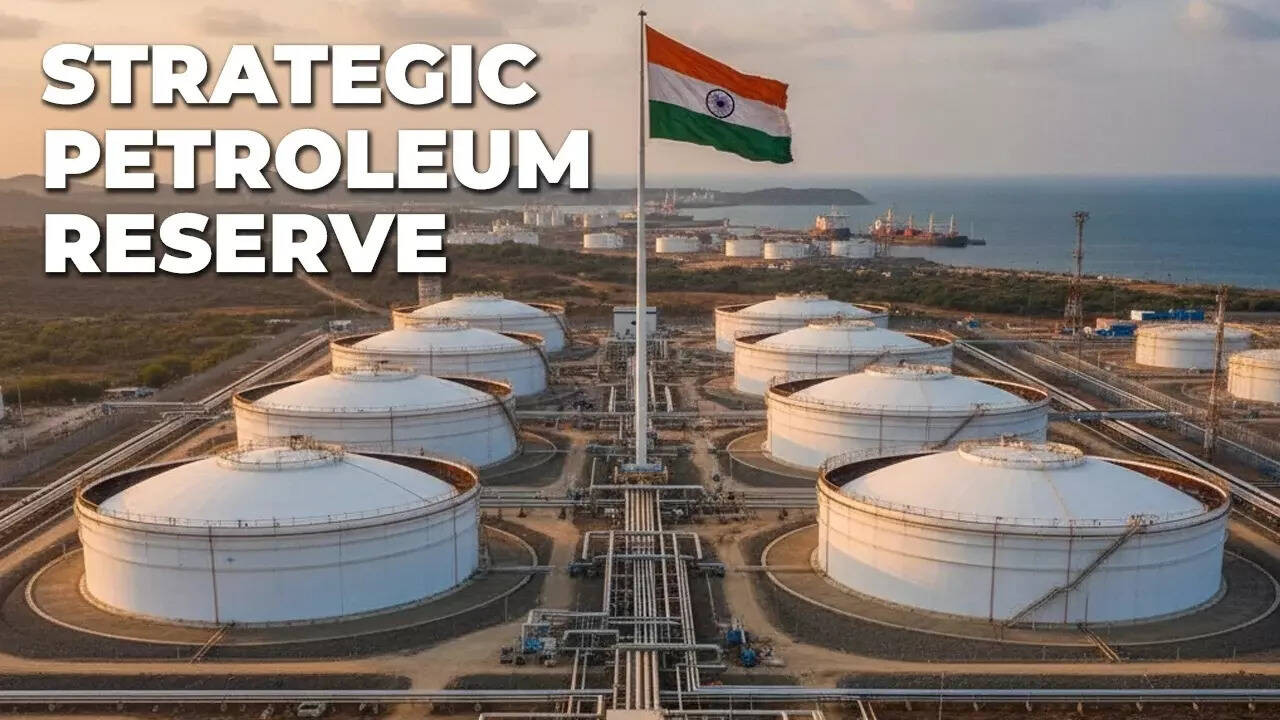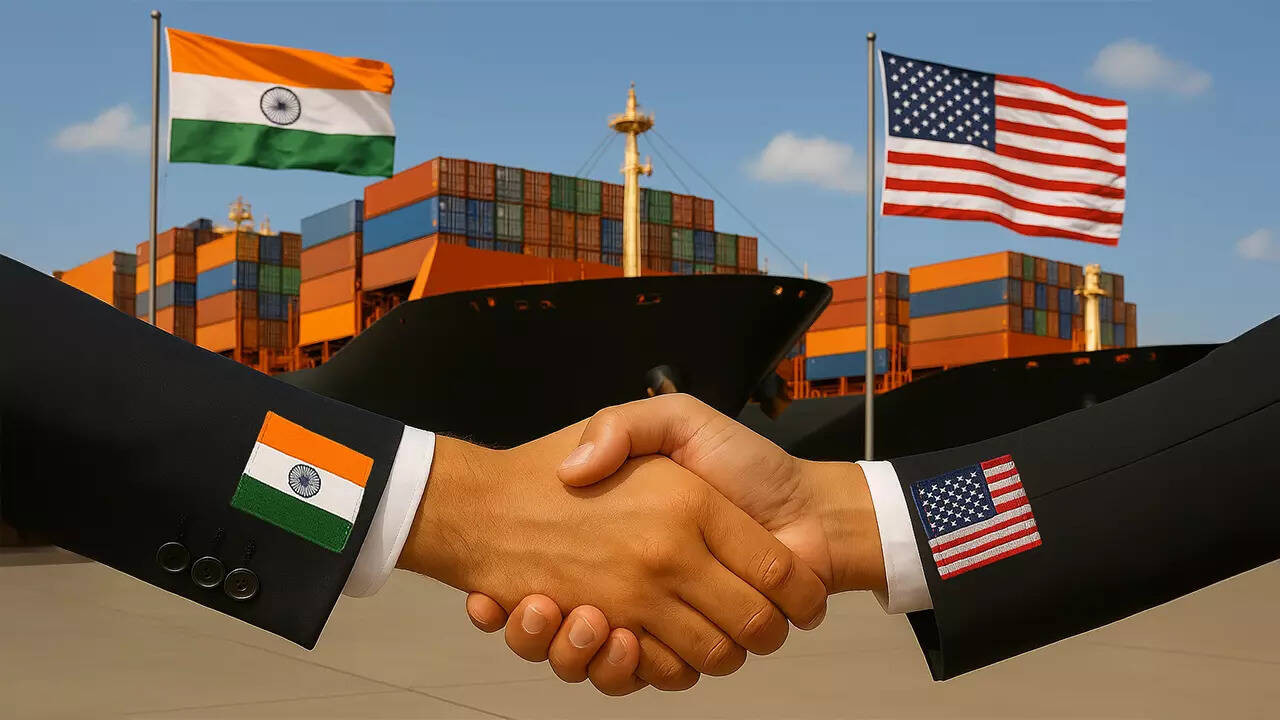India and China have made progress in reviving border trade, with Beijing agreeing to reopen the Shipki-La pass in Himachal Pradesh, suspended since 2020. External Affairs Minister S Jaishankar informed Himachal Pradesh Chief Minister Thakur Sukhvinder Singh Sukhu that discussions are underway to restore trade through Shipki-La, Lipulekh, and Nathu La.
A Thaw in the Himalayas: Will Shipki La Reopen Trade Winds?
For centuries, the Himalayas have stood as a formidable barrier, yet also a conduit for connection between India and China. Now, whispers of a potential reopening of the Shipki La pass are stirring excitement on both sides of the divide. This ancient mountain route, nestled high in Himachal Pradesh, could once again become a vibrant artery for trade and tourism, potentially reshaping economic landscapes and fostering a new era of cross-border engagement.
Imagine caravans laden with goods traversing the rugged terrain, mirroring the historical silk routes of old. This isn’t just about economics; it’s about rekindling cultural exchange and building bridges between two of the world’s largest and most dynamic nations.
The Promise of Shipki La: More Than Just Trade
The potential reopening of Shipki La isn’t solely about the flow of goods. It represents a symbolic shift, a willingness to explore avenues for cooperation amidst complex geopolitical realities. For Himachal Pradesh, in particular, this could be a game-changer. Local businesses anticipate a significant boost to their economies. Trade in wool, spices, textiles, and handicrafts could surge, creating new opportunities for entrepreneurs and artisans alike. The ripple effect would extend to the tourism sector, attracting adventurers and cultural enthusiasts eager to experience the raw beauty of the Himalayas and delve into the unique blend of Indian and Tibetan cultures found in the region.
But the benefits extend far beyond Himachal Pradesh. A functioning Shipki La pass could alleviate some of the pressure on other border crossings, streamlining trade and reducing logistical bottlenecks. This could translate to lower costs for consumers and increased competitiveness for businesses on both sides of the border.
Himachal Pradesh Gears Up for Economic Growth
The local government in Himachal Pradesh is already buzzing with anticipation. Officials are strategizing to ensure that the infrastructure is ready to handle the increased traffic and that local communities are equipped to benefit from the new opportunities.  There’s talk of upgrading roads, building new accommodation facilities, and providing training to local residents in areas like hospitality and tourism management. This isn’t just about preparing for an influx of tourists; it’s about creating sustainable economic growth that empowers local communities and preserves the region’s unique cultural heritage. The focus is on striking a balance between economic development and environmental protection, ensuring that the fragile Himalayan ecosystem isn’t compromised in the pursuit of progress.
There’s talk of upgrading roads, building new accommodation facilities, and providing training to local residents in areas like hospitality and tourism management. This isn’t just about preparing for an influx of tourists; it’s about creating sustainable economic growth that empowers local communities and preserves the region’s unique cultural heritage. The focus is on striking a balance between economic development and environmental protection, ensuring that the fragile Himalayan ecosystem isn’t compromised in the pursuit of progress.
Navigating the Challenges Ahead
Of course, the reopening of Shipki La isn’t without its challenges. The high-altitude terrain presents logistical hurdles, and the border region is sensitive, requiring careful management of security and customs procedures. Furthermore, the delicate geopolitical balance between India and China requires a nuanced approach, ensuring that the reopening of the pass contributes to building trust and fostering mutual understanding, not escalating tensions.
Smooth customs procedures will be essential to maximizing the benefit of trade through Shipki La. Collaboration and clear communication between both countries will be necessary.
The success of this initiative will depend on a coordinated effort from both governments, working in close collaboration with local communities and businesses. It will require a commitment to transparency, open dialogue, and a willingness to address any concerns that may arise.
A New Chapter in Indo-China Relations?
The potential reopening of Shipki La represents more than just a trade route; it’s a symbol of hope for improved relations between India and China. While challenges undoubtedly remain, this initiative offers a tangible opportunity to build trust, foster economic cooperation, and promote cultural exchange. It’s a reminder that even in the face of geopolitical complexities, shared interests and mutual benefits can pave the way for progress. Could this Himalayan thaw signal a broader warming of relations between the two nations? Only time will tell, but the promise of a revitalized Shipki La certainly offers a reason for cautious optimism. Explore more about [trade relations in the region](internal-link).
The Road Ahead: Sustainable Growth and Shared Prosperity
The potential reopening of the Shipki La Pass carries profound implications for Himachal Pradesh and Indo-China relations. The focus now shifts to ensuring sustainable growth, fostering shared prosperity, and building trust between communities. It’s a chance to promote cultural exchange, encourage sustainable tourism, and to build stronger, more resilient relationships between India and China. This mountain pass, once a symbol of separation, can become a pathway to a brighter, more connected future.







